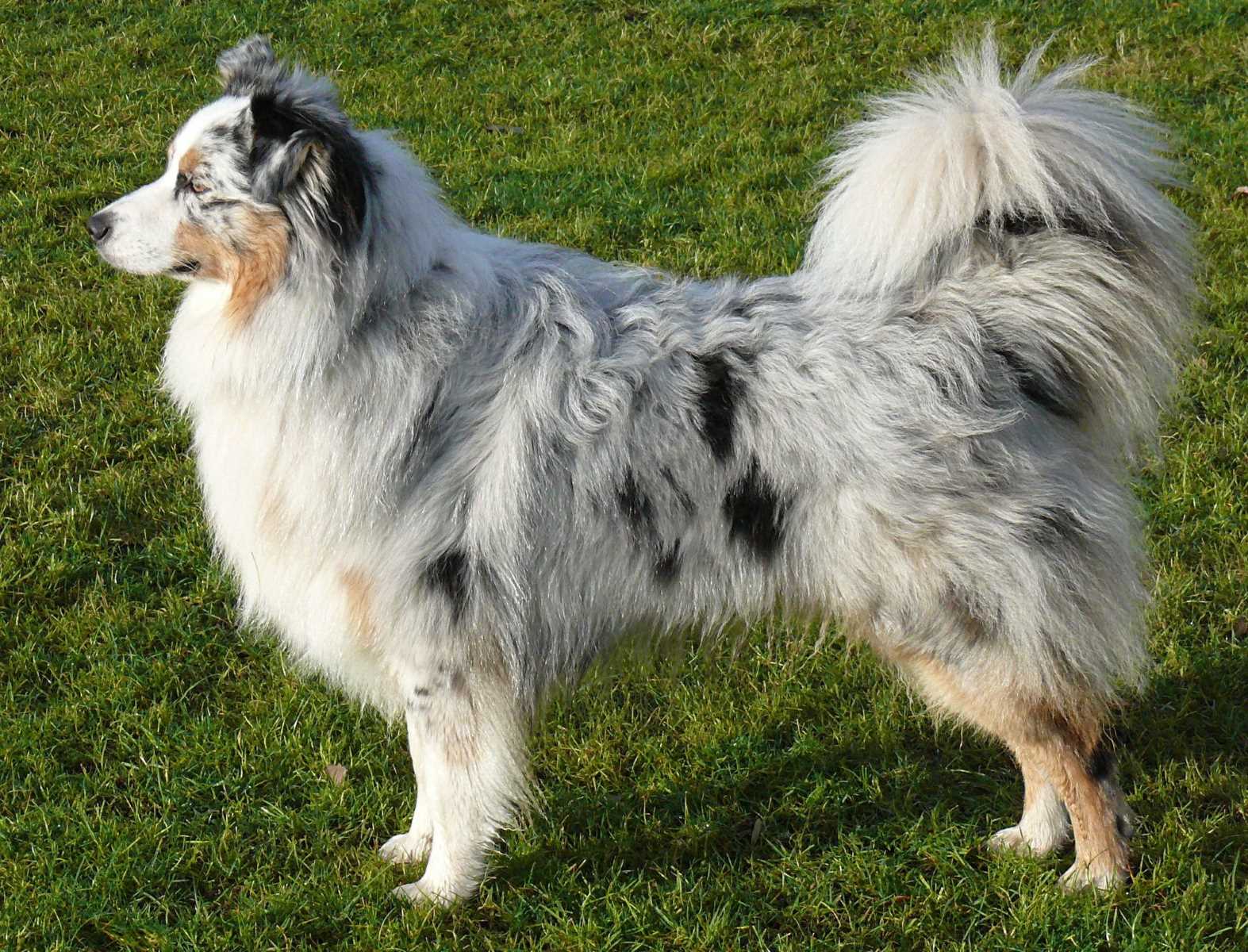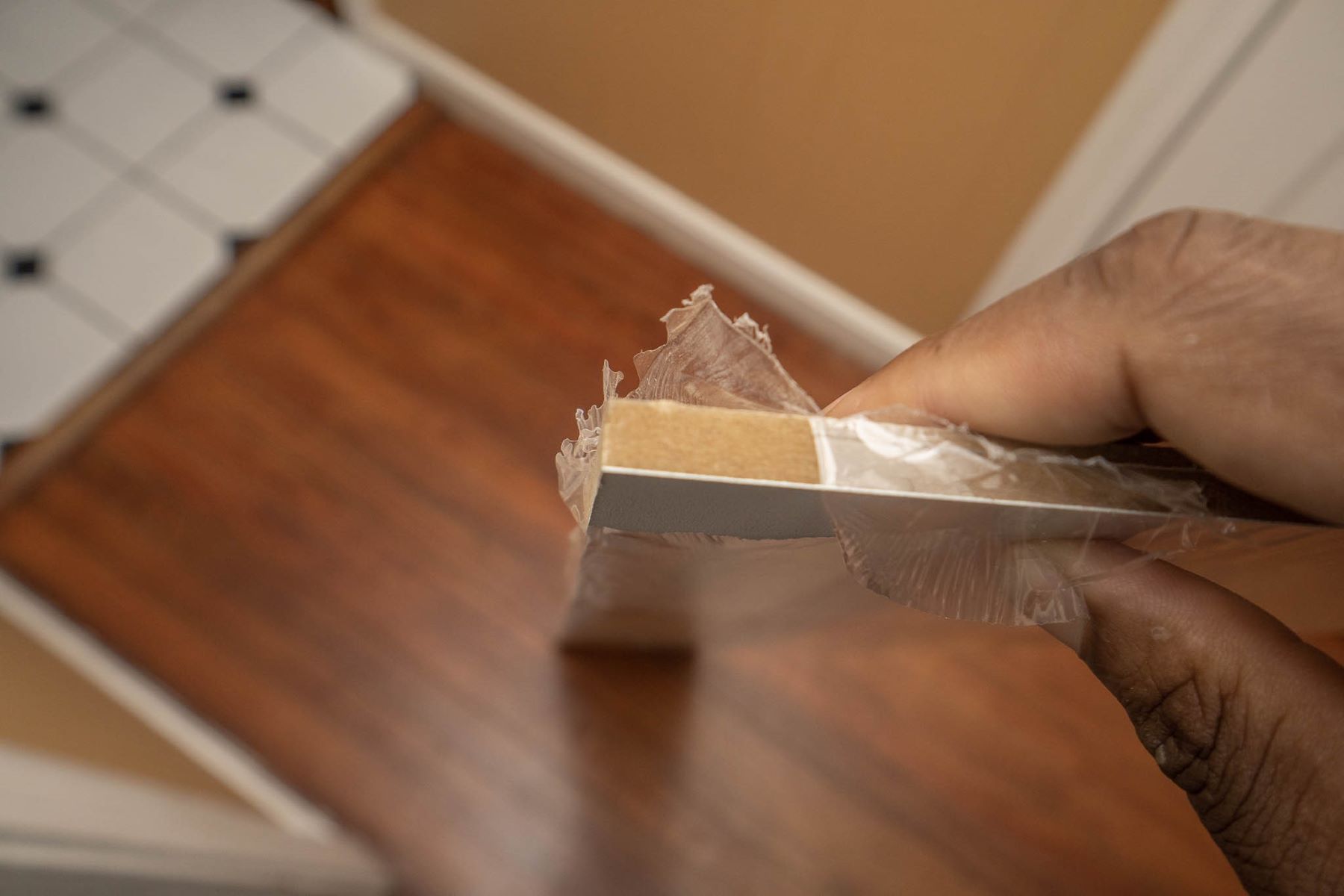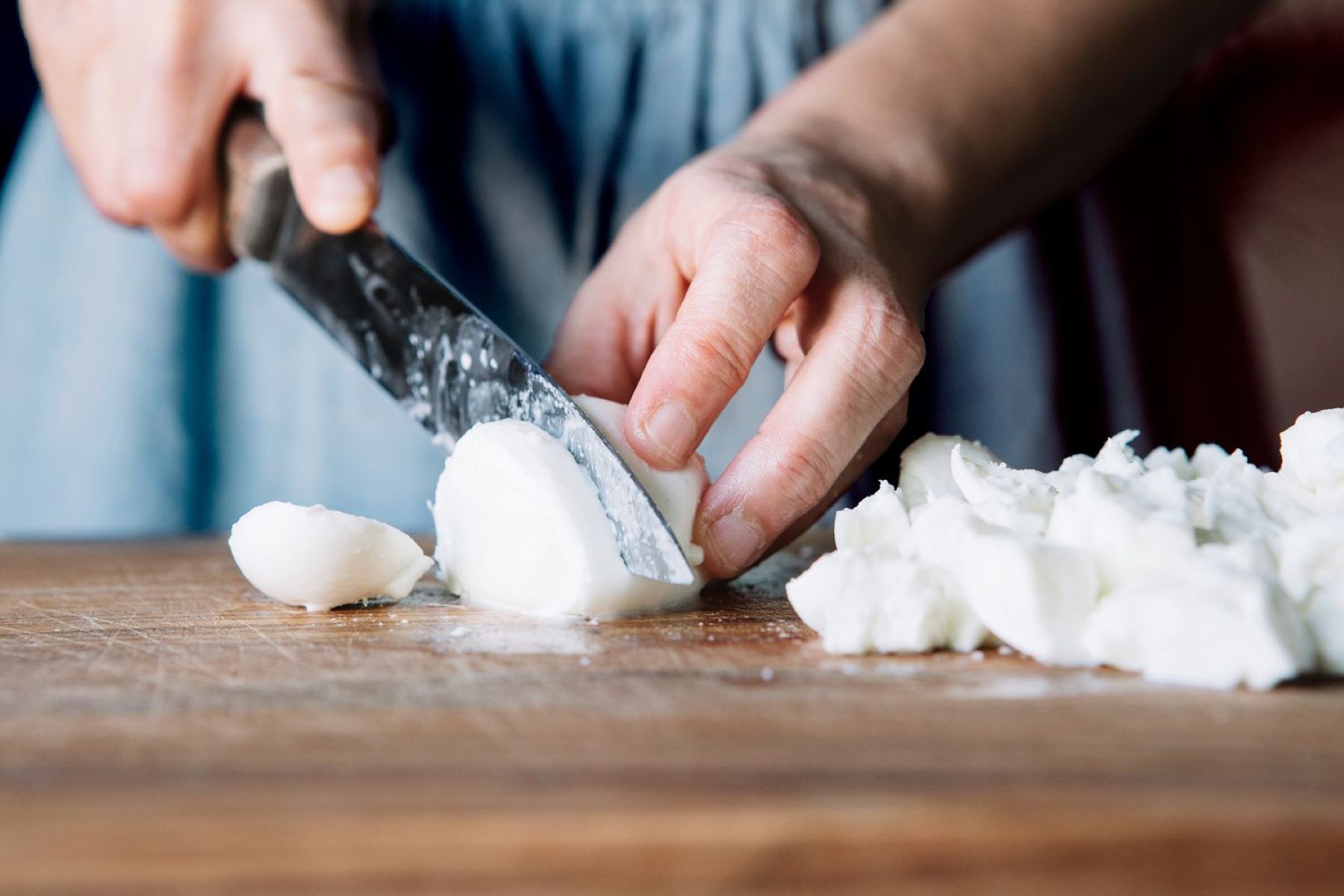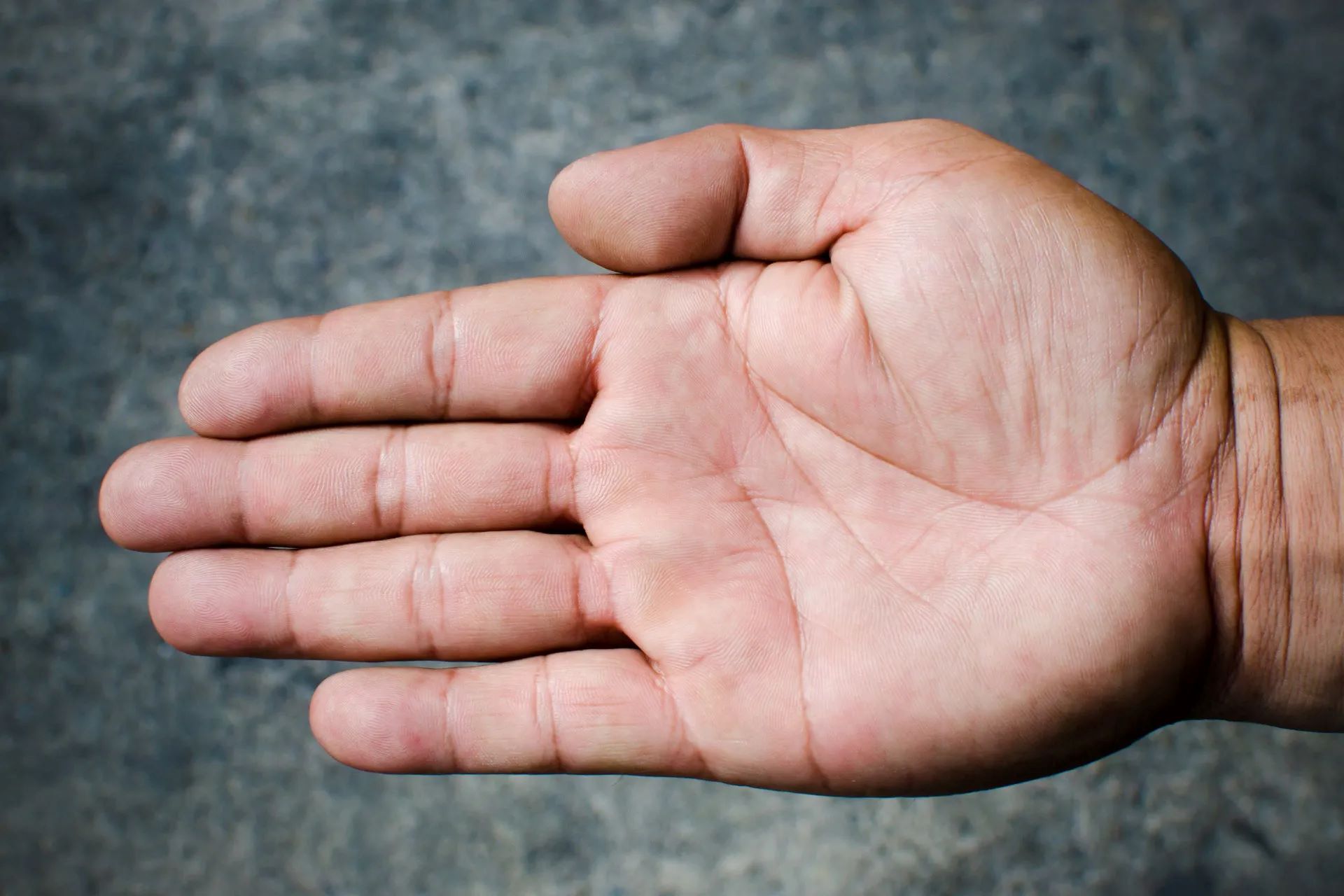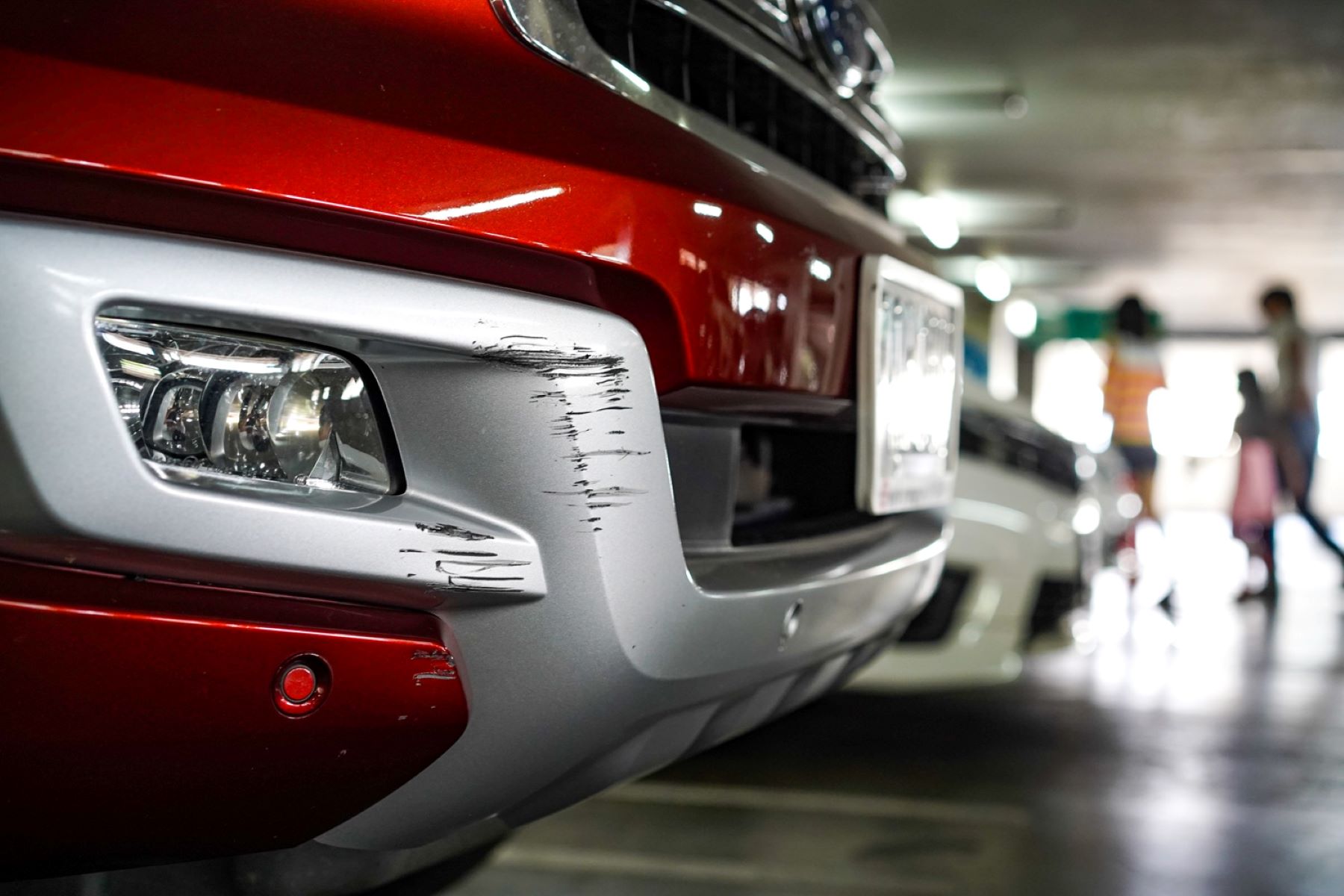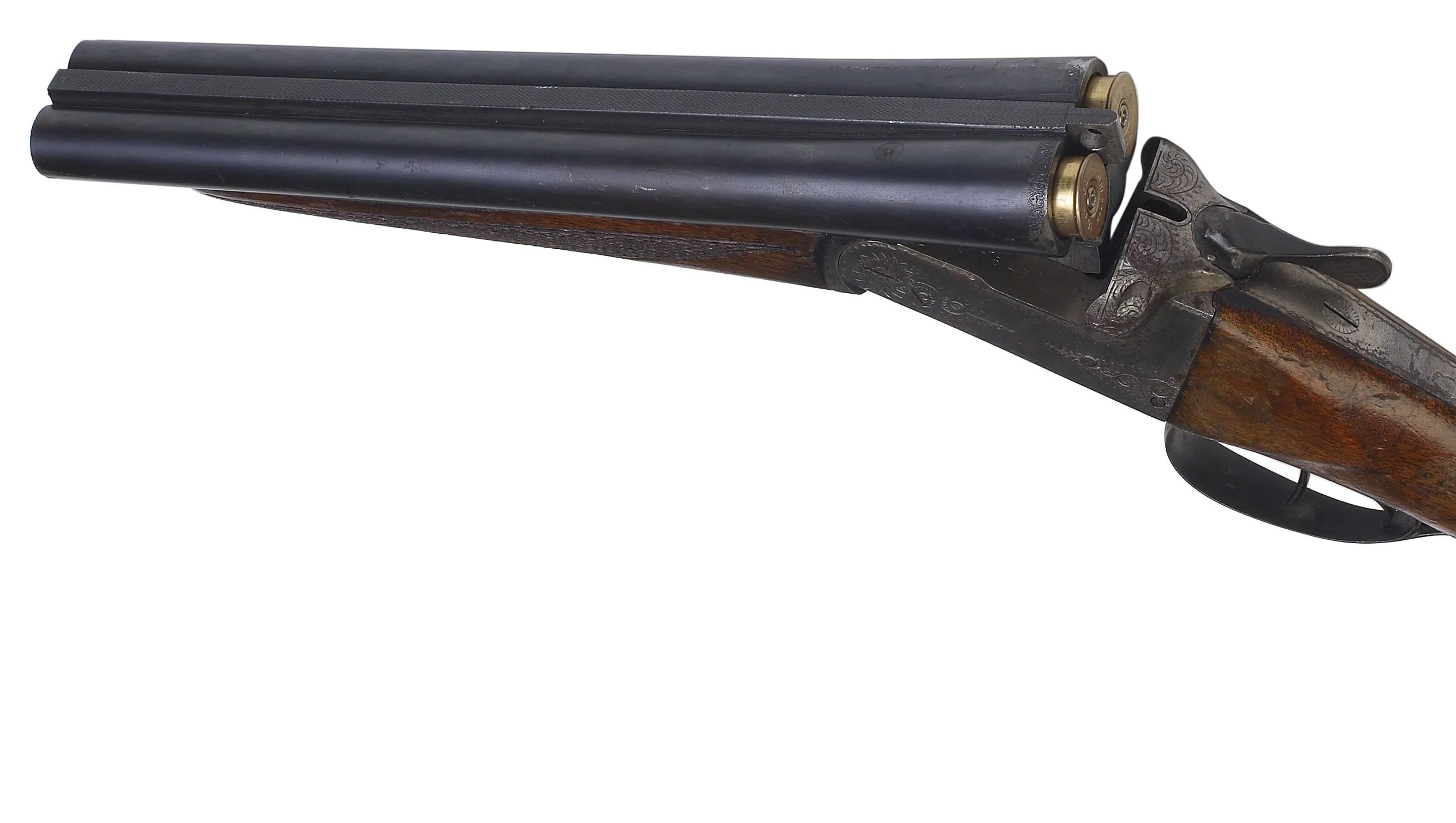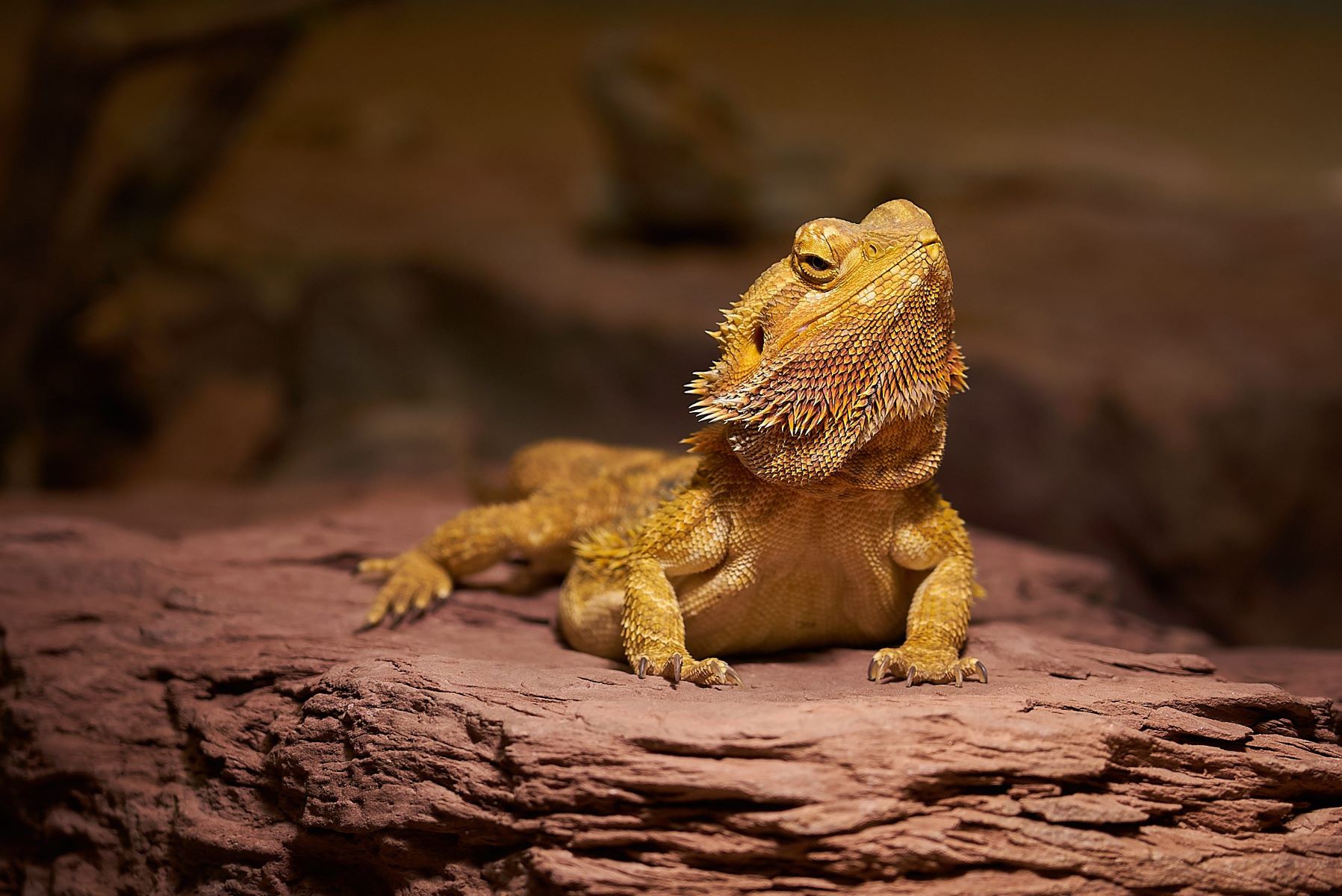Home>Health and Wellness>Shocking Gerbil Tail Incident: Bleeding Tip Falls Off! Here’s What To Do
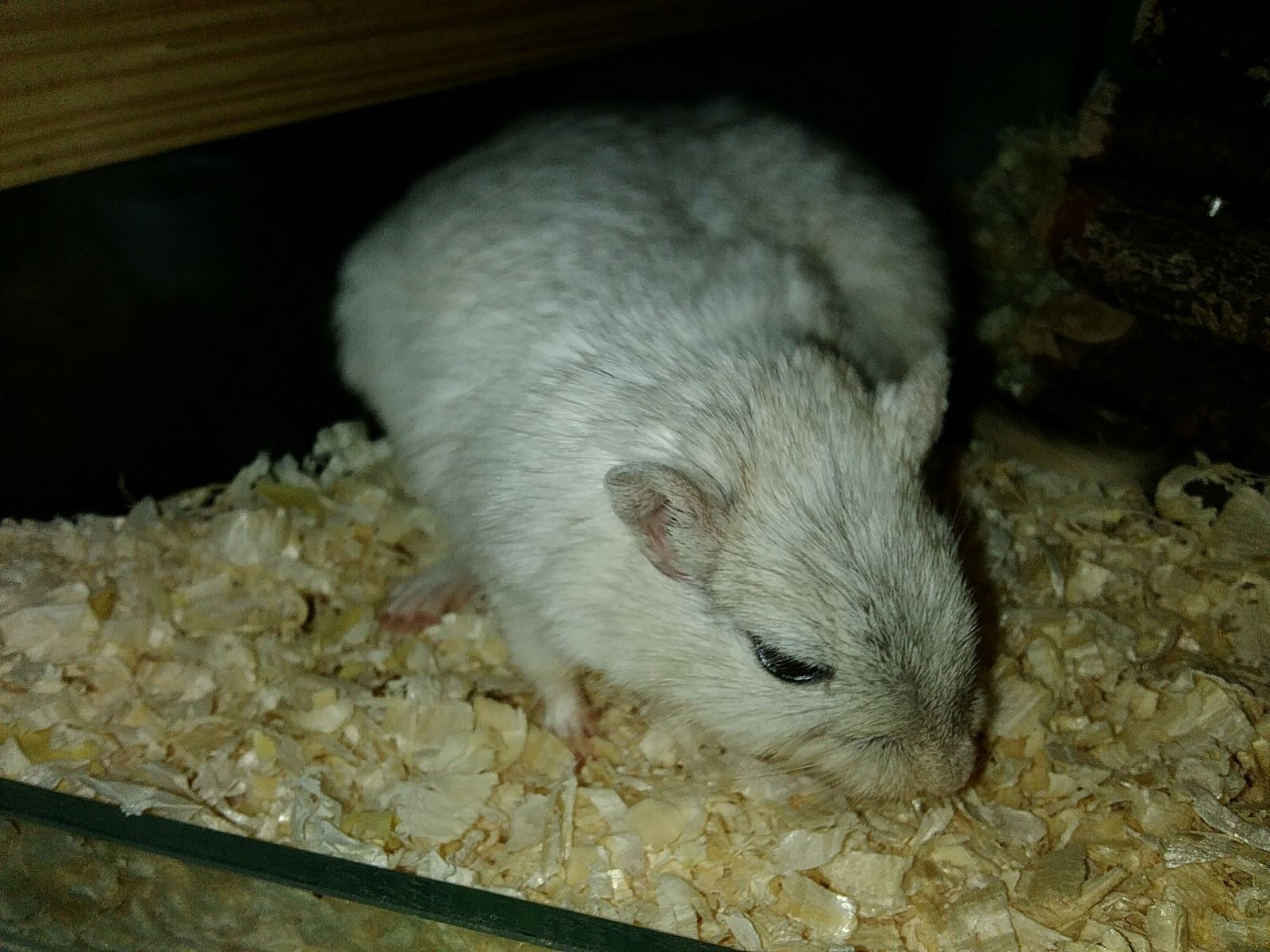

Health and Wellness
Shocking Gerbil Tail Incident: Bleeding Tip Falls Off! Here’s What To Do
Published: January 25, 2024
Learn how to handle a gerbil tail injury and prevent further complications. Get expert advice on promoting health and wellness for your pet.
(Many of the links in this article redirect to a specific reviewed product. Your purchase of these products through affiliate links helps to generate commission for Regretless.com, at no extra cost. Learn more)
Table of Contents
Introduction
Gerbils are delightful little creatures known for their playful antics and endearing personalities. However, despite their small size, they are susceptible to injuries, particularly concerning their delicate tails. The gerbil's tail serves various functions, including balance, communication, and thermoregulation. Unfortunately, due to its slender and fragile nature, the tail is prone to injuries, which can be distressing for both the gerbil and its owner.
Gerbil tail injuries can occur for various reasons, such as getting caught in cage accessories, accidental tugging during social interactions with cage mates, or even self-inflicted harm due to stress or anxiety. These injuries can range from minor abrasions to more severe traumas, and it's crucial for gerbil owners to be aware of the signs and necessary actions to ensure their pet's well-being.
Understanding the potential risks and knowing how to respond to gerbil tail injuries is essential for every gerbil owner. This article aims to provide comprehensive insights into recognizing, addressing, and preventing gerbil tail injuries, empowering readers with the knowledge to effectively care for their furry companions. So, let's delve into the world of gerbil tail injuries and learn how to safeguard these adorable creatures from unnecessary distress and discomfort.
Understanding Gerbil Tail Injuries
Gerbils possess remarkable tails that play a vital role in their overall well-being. Understanding the nature of gerbil tail injuries is crucial for providing appropriate care and preventing potential harm to these endearing pets.
Gerbil tails are long, slender, and highly sensitive, consisting of vertebrae, nerves, and blood vessels. This unique anatomy makes their tails susceptible to various types of injuries. One common type of injury is abrasions, which can occur due to friction against rough surfaces or sharp edges within their habitat. Additionally, gerbils may experience tail degloving, a severe injury where the skin and fur are forcibly detached from the tail, leaving the underlying tissues exposed.
Another significant concern is tail trauma resulting from accidental trapping or pinching, often caused by cage accessories or during interactions with other gerbils. These incidents can lead to fractures, sprains, or even partial or complete loss of the tail. Furthermore, self-inflicted injuries may occur due to stress, anxiety, or attempts to escape from confined spaces, leading to tail biting or self-mutilation.
Understanding the potential causes and types of gerbil tail injuries enables owners to create a safe and nurturing environment for their pets. By recognizing the vulnerability of gerbil tails and taking preventive measures, such as providing suitable cage accessories and minimizing stressful stimuli, owners can significantly reduce the risk of their gerbils experiencing tail-related injuries.
In summary, comprehending the susceptibility of gerbil tails to injuries is essential for gerbil owners. By gaining insights into the unique anatomy of gerbil tails and the potential risks they face, owners can proactively implement measures to safeguard their pets from unnecessary harm. This understanding forms the foundation for providing attentive care and ensuring the well-being of these delightful creatures.
Signs of a Gerbil Tail Injury
Recognizing the signs of a gerbil tail injury is crucial for promptly addressing the issue and providing necessary care to the affected gerbil. While gerbils may not vocalize their discomfort, their body language and subtle cues can indicate potential tail injuries. Here are the key signs to watch for:
-
Visible Trauma: The most apparent sign of a gerbil tail injury is visible trauma, such as cuts, abrasions, or degloving. Owners should carefully inspect their gerbil's tail for any signs of damage, including bleeding, exposed tissue, or changes in the tail's appearance.
-
Altered Tail Movement: A gerbil with a tail injury may exhibit altered tail movement. This can manifest as a reluctance to move the tail, reduced flexibility, or an abnormal posture of the tail. Observing any limitations in tail movement can indicate an underlying injury.
-
Pain and Discomfort: Gerbils experiencing tail injuries may display signs of pain and discomfort. This can include increased sensitivity to touch, vocalizing when the tail is approached, or exhibiting signs of distress, such as restlessness or withdrawal.
-
Changes in Behavior: A gerbil with a tail injury may demonstrate changes in behavior. This can encompass a reluctance to engage in physical activities, decreased appetite, or altered social interactions with cage mates. Owners should be attentive to any shifts in their gerbil's usual behavior patterns.
-
Excessive Grooming: In response to discomfort, gerbils may engage in excessive grooming of the injured tail. This behavior can lead to further irritation and potential complications, making it essential for owners to monitor and intervene if excessive grooming is observed.
-
Bleeding or Swelling: Visible signs of bleeding or swelling around the tail area indicate a significant injury that requires immediate attention. Owners should carefully assess the tail for any indications of bleeding or abnormal swelling, as these are clear indicators of a severe injury.
Recognizing these signs empowers gerbil owners to take swift and appropriate action when a tail injury is suspected. By remaining vigilant and attuned to their gerbil's well-being, owners can provide timely care and minimize the impact of tail injuries on their pet's health and comfort.
First Aid for Gerbil Tail Injuries
When a gerbil experiences a tail injury, immediate and appropriate first aid is crucial to alleviate discomfort, prevent further complications, and promote healing. Here's a step-by-step guide on providing first aid for gerbil tail injuries:
-
Gentle Examination: Begin by carefully and gently examining the gerbil's tail to assess the extent of the injury. Use a well-lit area to observe any visible trauma, such as cuts, abrasions, or signs of bleeding. Approach the gerbil calmly to avoid causing additional stress.
-
Clean and Disinfect: If the injury involves minor cuts or abrasions, gently clean the affected area with a mild antiseptic solution. Use a clean cotton swab or gauze pad to apply the antiseptic, ensuring that it does not contain alcohol or any harsh chemicals that could further irritate the injury.
-
Control Bleeding: In cases of bleeding, apply gentle pressure with a clean gauze pad to control the flow. Avoid using excessive force, as the tail is delicate. If bleeding persists or the injury appears severe, seek veterinary assistance promptly.
-
Provide a Safe Environment: Create a calm and secure environment for the gerbil to minimize stress and allow for unhindered recovery. Ensure that the gerbil's habitat is free from sharp objects or potential hazards that could exacerbate the injury.
-
Monitor for Discomfort: Keep a close eye on the gerbil for signs of discomfort or distress. If the gerbil appears to be in pain or exhibits unusual behavior, such as excessive grooming of the injured tail, consider providing a secluded area within the habitat for the gerbil to rest undisturbed.
-
Adjust Cage Accessories: If the tail injury was caused by a cage accessory, such as a wheel or wire mesh, consider removing or modifying the item to prevent further harm. Opt for smooth, non-abrasive materials for the gerbil's comfort and safety.
-
Consult a Veterinarian: If the tail injury appears severe, is accompanied by excessive bleeding or swelling, or if the gerbil's behavior indicates significant distress, seek professional veterinary care without delay. A veterinarian can provide tailored treatment and ensure the best possible outcome for the gerbil's recovery.
By promptly administering first aid and creating a conducive environment for healing, gerbil owners can effectively address tail injuries and support their pet's well-being. Remember that the well-being of the gerbil is of utmost importance, and seeking professional veterinary care when necessary is essential for ensuring proper treatment and recovery.
When to Seek Veterinary Help
Knowing when to seek veterinary help for a gerbil with a tail injury is paramount in ensuring the best possible outcome for the pet's health and well-being. While minor injuries can often be managed with at-home care, certain circumstances warrant immediate professional attention from a veterinarian specializing in exotic pets, such as gerbils. Here are the key indicators that signify the need for veterinary assistance:
Excessive Bleeding or Severe Trauma:
If the tail injury results in excessive bleeding that persists despite initial first aid measures, or if the trauma is severe, immediate veterinary intervention is essential. Excessive bleeding can lead to significant blood loss and requires prompt medical attention to control and address the underlying cause of the bleeding.
Signs of Infection:
Any indication of infection around the injured tail, such as redness, swelling, or the presence of pus, necessitates veterinary assessment. Infections can rapidly escalate and pose serious health risks to the gerbil. A veterinarian can prescribe appropriate antibiotics or recommend treatment to combat the infection and prevent its spread.
Persistent Pain and Discomfort:
Gerbils experiencing persistent pain and discomfort related to their tail injuries require professional evaluation. If the gerbil exhibits signs of distress, reluctance to move, or vocalizes in response to the injury, it indicates the need for veterinary care. Pain management and tailored treatment can significantly alleviate the gerbil's discomfort and aid in the healing process.
Loss of Tail Tissue or Function:
In cases where the tail injury results in the loss of tissue or compromises the tail's functionality, veterinary expertise is crucial. Tail degloving, amputation, or severe trauma that affects the tail's mobility and sensory function necessitates assessment by a veterinarian. They can determine the extent of the injury and recommend appropriate measures to support the gerbil's recovery.
Behavioral Changes and Appetite Loss:
Significant behavioral changes, such as withdrawal, decreased activity, or loss of appetite following a tail injury, warrant veterinary attention. These changes may indicate underlying pain, stress, or secondary complications that require professional evaluation and intervention. A veterinarian can address the gerbil's well-being comprehensively and provide tailored care to address any associated issues.
Overall Deterioration of Health:
If the gerbil's overall health deteriorates following a tail injury, including symptoms such as lethargy, weight loss, or reduced grooming habits, veterinary assessment is crucial. Tail injuries can impact the gerbil's overall well-being, and professional evaluation can uncover any underlying health concerns and provide targeted treatment to support the gerbil's recovery.
In summary, recognizing the signs that necessitate veterinary help is essential for gerbil owners. Promptly seeking professional assistance when the aforementioned indicators are present ensures that the gerbil receives the necessary care and treatment to address tail injuries effectively. By prioritizing the gerbil's health and well-being, owners can collaborate with veterinarians to safeguard their beloved pets and promote optimal recovery and comfort.
Preventing Gerbil Tail Injuries
Preventing gerbil tail injuries is paramount for ensuring the well-being and safety of these delightful pets. By implementing proactive measures and creating a gerbil-friendly environment, owners can significantly reduce the risk of tail-related injuries. Here are essential strategies for preventing gerbil tail injuries:
1. Cage Setup and Accessories
Selecting appropriate cage accessories and ensuring a well-designed habitat is crucial for preventing tail injuries. Opt for smooth-edged wheels, tunnels, and hideouts to minimize the risk of trapping or pinching the gerbil's tail. Avoid wire mesh flooring or sharp-edged materials that could potentially harm the delicate tail.
2. Habitat Maintenance
Regularly inspecting and maintaining the gerbil's habitat is essential for identifying and addressing potential hazards. Check for any sharp or protruding edges within the cage and promptly remove or modify such items to eliminate the risk of tail injuries. Keeping the habitat clean and hazard-free contributes to a safe and comfortable living environment for the gerbil.
3. Social Dynamics
Understanding the social dynamics among gerbils is crucial for preventing tail injuries resulting from aggressive interactions. Introducing gerbils gradually and monitoring their behavior can minimize the likelihood of aggressive encounters that may lead to tail injuries. Providing adequate space and enrichment can also reduce stress-related behaviors that could result in self-inflicted tail injuries.
4. Stress Reduction
Minimizing stress within the gerbil's environment is key to preventing self-inflicted tail injuries. Providing enriching activities, such as tunnels, chew toys, and exercise wheels, can alleviate boredom and reduce the likelihood of stress-induced behaviors, including tail biting and self-mutilation.
5. Handling and Interaction
Gentle and cautious handling of gerbils is essential for preventing accidental tail injuries. Educating family members, especially children, on proper handling techniques and the importance of respecting the gerbil's space and tail can mitigate the risk of unintentional injuries during interactions.
6. Veterinary Check-ups
Regular veterinary check-ups contribute to overall preventive care for gerbils. A veterinarian specializing in exotic pets can assess the gerbil's health, including the condition of its tail, and provide guidance on preventive measures and tail care.
By incorporating these preventive strategies into the care routine, gerbil owners can create a safe and nurturing environment that minimizes the risk of tail injuries. Proactive prevention not only safeguards the gerbil's well-being but also fosters a harmonious and enriching relationship between owners and their beloved gerbil companions.
Conclusion
In conclusion, gerbil tail injuries require careful attention and proactive measures to ensure the well-being of these delightful pets. Understanding the susceptibility of gerbil tails to injuries, recognizing the signs of tail trauma, and knowing how to provide appropriate first aid are essential components of responsible gerbil ownership. By being attuned to their gerbil's needs and taking preventive actions, owners can create a safe and nurturing environment that minimizes the risk of tail injuries.
Prompt recognition of tail injuries and knowing when to seek veterinary help are crucial aspects of gerbil care. The signs of distress or discomfort exhibited by gerbils with tail injuries serve as important cues for owners to intervene and seek professional assistance when necessary. By collaborating with veterinarians specializing in exotic pets, owners can ensure that their gerbils receive tailored care and treatment to address any tail-related concerns effectively.
Preventing gerbil tail injuries through thoughtful cage setup, habitat maintenance, and stress reduction strategies is fundamental for promoting a safe and enriching environment for these endearing pets. By implementing these preventive measures, gerbil owners can mitigate the risk of tail injuries and foster a harmonious relationship with their furry companions.
In essence, the well-being of gerbils hinges on the attentive care and proactive measures taken by their owners. By understanding the unique needs and vulnerabilities of gerbil tails, owners can provide a nurturing and secure environment that prioritizes the health and comfort of these remarkable pets. Through knowledge, vigilance, and compassionate care, gerbil owners can play a pivotal role in safeguarding their pets from unnecessary distress and ensuring a fulfilling and joyful companionship with their beloved gerbils.
